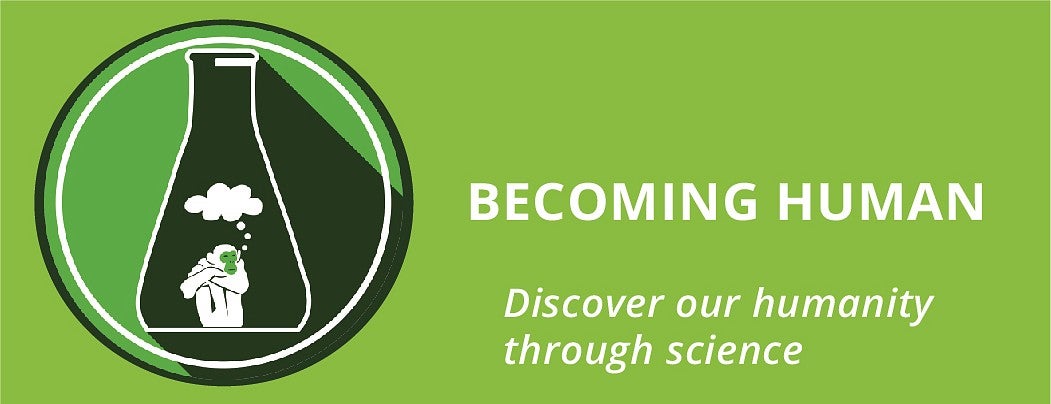
This FIG examines humans as a culture-using animal adapted to a hunting-and-gathering way of life. While other species have evolved anatomical features (e.g., speed, camouflage, keen sensory systems) that aid in their survival, humans depend on their ability to use information and devise means of acquiring, storing, and sharing it. Storytelling is a case in point: in Indigenous hunter-gatherer cultures, stories are used to encode information that is critical for survival. For the class project, students will participate in developing content for Dr. Scalise Sugiyama’s website, Talking Stories: Encyclopedia of Traditional Ecological Knowledge.
Students explore the intersection of topics by taking the following course package:
UGST 109 First-Year Experience Seminar - 1-credit
ANTH 163 Origins of Storytelling - CoreEd or major satisfying course, 4-credits
Why do humans tell stories? This course addresses this question by exploring the hunter-gatherer context in which storytelling emerged. Drawing on evolutionary theory and related disciplines, this course explores the origins of literature in terms of the information demands of ancestral human environments. The first part of the course outlines the social and ecological conditions under which storytelling emerged, the adaptations that make social learning and storytelling possible, and the foundations of cultural transmission. The second part examines cross-cultural themes in hunter-gatherer oral traditions—e.g., tricksters, monsters, warfare, mating—in relation to recurrent problems of forager life.
ENVS 202 Introduction to Environmental Studies: Natural Science - CoreEd or major satisfying course, 4-credits
Direct examination and appraisal of the function, form, content, and composition of example landscapes in relation to ecological, cultural, legal, technical, aesthetic, and economic objectives. Develop scientific evidence-based decision making through interpretation of the acquisition and application of scientific data.
FIG Theme:

Flight Path Themes:


